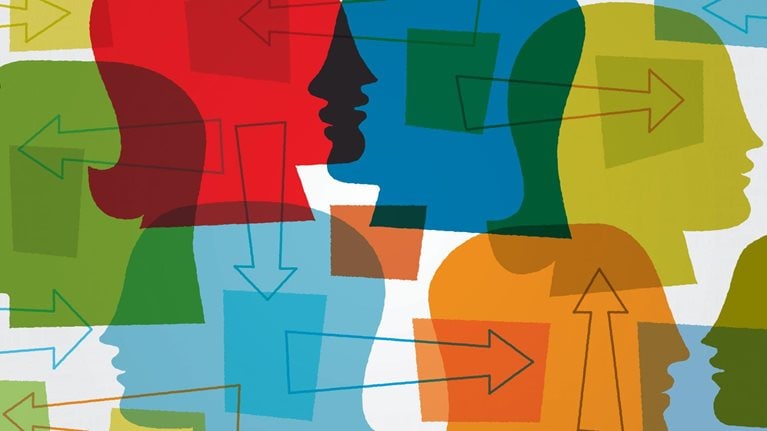To develop a language for improved business decision making, we created a survey with questions that cover five classes of decision-making biases, which we summarized in earlier work: action-oriented, interest, pattern-recognition, social, and stability biases.11. See Dan Lovallo and Olivier Sibony, “The case for behavioral strategy,” mckinseyquarterly.com, March 2010. And to learn more about your own decision-making preferences, take the survey. Once you’re finished, we’ll provide you with individual feedback on how your decision-making style compares with those of hundreds of other respondents. The questions drew out preferences by asking people to choose between two neutral, equally defensible statements. Responses fell along a range from a strong preference for intuitive decision making to a strong preference for making decisions after exhaustive deliberation.
We received nearly 5,000 responses to the survey from McKinsey Quarterly and Harvard Business Review readers, and we conducted detailed analysis of 1,021 respondents, whose demographics and response characteristics were statistically indistinguishable from the full sample’s.22. We made the online survey available to readers of the following articles: Daniel Kahneman, Dan Lovallo, and Olivier Sibony, “Before you make that big decision,” Harvard Business Review, June 2011, Volume 89, Number 6, pp. 50–60; and Andrew Campbell and Jo Whitehead, “How to test your decision-making instincts,” mckinseyquarterly.com, May 2010. We used these responses and factor analysis to identify six objective dimensions of the respondents’ preferences, which roughly correspond to common steps in the decision-making process. Cluster analysis then yielded five groups of decision-making preferences. This research is still in its early stages; presented here are the five decision-making styles, including the percentage of respondents who fell into each group.
The percentages in particular are preliminary, since the self-selected nature of the respondent pool could have introduced sample bias. Also, the number of questions tested and the sample size are far below those of a standard psychometric tool such as Myers–Briggs. That said, we believe the current survey has within it the core of a tool to help individuals reflect upon the trade-offs they make as decision makers.
For more on how to improve decision-making effectiveness, see our interview with Stanford’s Chip Heath and McKinsey’s Olivier Sibony, “Making great decisions.”


